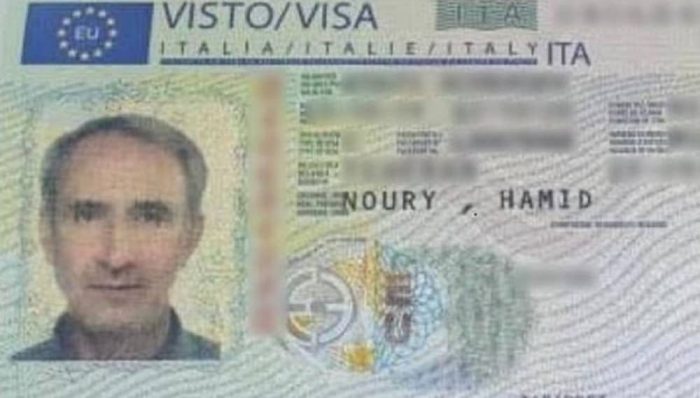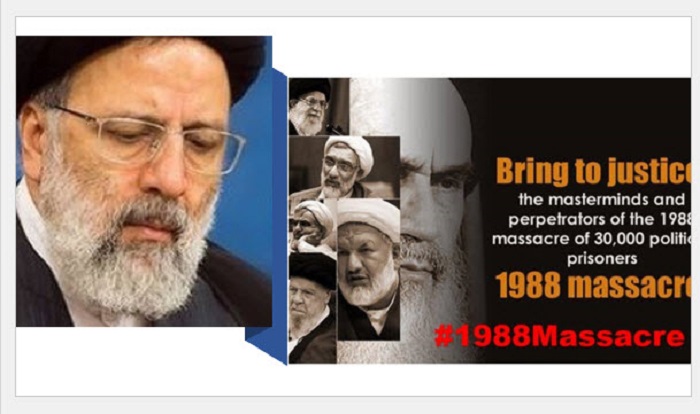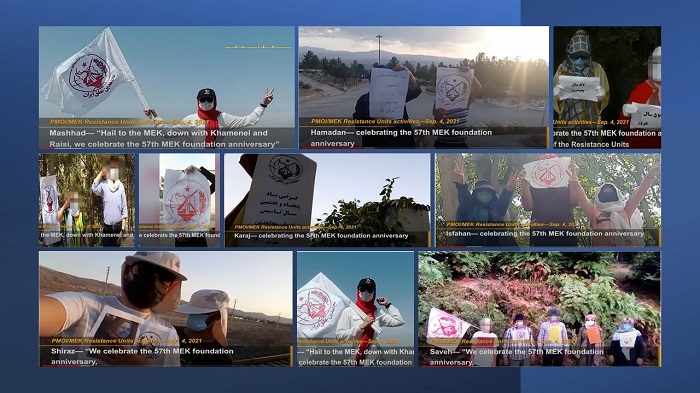

Hamid Noury, a former Iranian jail officer, testified in his own defense in five sessions in a Stockholm court over the last two weeks. Noury is charged with war crimes and mass murder for his role in the 1988 massacre of Iranian political detainees.
“Death Commission”
He is being tried by Swedish authorities under the principle of “universal jurisdiction,” which empowers any nation to prosecute major violations of international law, regardless of the victims’ nationality or the location of the crimes.
The People’s Mojahedin of Iran (PMOI / MEK Iran), Iran’s foremost pro-democracy opposition organization, was responsible for the great majority of the massacre’s casualties in 1988. The international community should use the Swedish procedures as a springboard for more comprehensive investigations and prosecutions of the massacre’s other, higher-ranking offenders. Noury is the only person who has faced legal punishment so far.

The 1988 massacre
Other significant offenders of the 1988 massacre include regime President Ebrahim Raisi, who was chosen in June despite the fact that the majority of the population boycotted the rigged elections. The boycott reflects a significant increase in public awareness of the 1988 massacre from 2016 onwards, following the release of an audio recording in which a senior official criticized his colleagues as mass murders were taking place.
One such movement erupted in the final days of 2017 from a protest in Mashhad that was initially focused on economic reasons. The revolt took on a much broader political message as it extended to well over 100 cities and villages, with slogans like “death to the dictator” and calls for regime change. In January 2018, at the height of the revolt, Ali Khamenei gave a speech in which he sought to discredit the demonstrators by claiming that the MEK had “planned for months” to promote and steer the movement.

“Resistance Units” in cities across Iran
In the end, these remarks simply served to reaffirm the MEK’s influence in Iranian society, contradicting years of regime propaganda that referred to the MEK as a “cult” and a “grouplet” with little internal support. Nonetheless, in his most recent trial sessions, Hamid Noury attempted to resuscitate similar talking lines, taking time away from his own defense to praise the religious rule and condemn the democratic opposition.
The court hearing even suggested that the MEK’s operations in its home country constituted legal opposition to a harsh political system. Those actions continue to this day, headed by “Resistance Units” in cities across Iran, who played a crucial role in a dramatic spike in public unrest that coincided with Noury’s defense in Sweden.

Noury’s comments on the MEK
The recent protests, which were geographically and demographically varied, also coincided with the second anniversary of a state-wide movement even larger than the one that persuaded Khamenei to acknowledge the MEK’s role. Resistance groups commemorated the anniversary by uploading photos of those executed in the November 2019 uprising, along with calls for the Iranian people to pay tribute to their memories by continuing to support the fight for freedom.
Despite the fact that domestic activists in Iran have been subjected to predictably severe repression in the middle of their recent turmoil, Noury’s comments on the MEK suggest that the government is still concerned about the possibility of unrest spreading. Meanwhile, the trial itself could serve as a precedent for future international initiatives to support Iran’s democratic Resistance movement and seek justice that is currently unavailable inside Iran.

Follow Maryam Rajavi’s on her site Twitter & Facebook and follow NCRI (Twitter & Facebook)
and follow NCRI (Twitter & Facebook)
MEK Iran (on Twitter and Facebook)
and People’s Mojahedin Organization of Iran – MEK IRAN – YouTube









